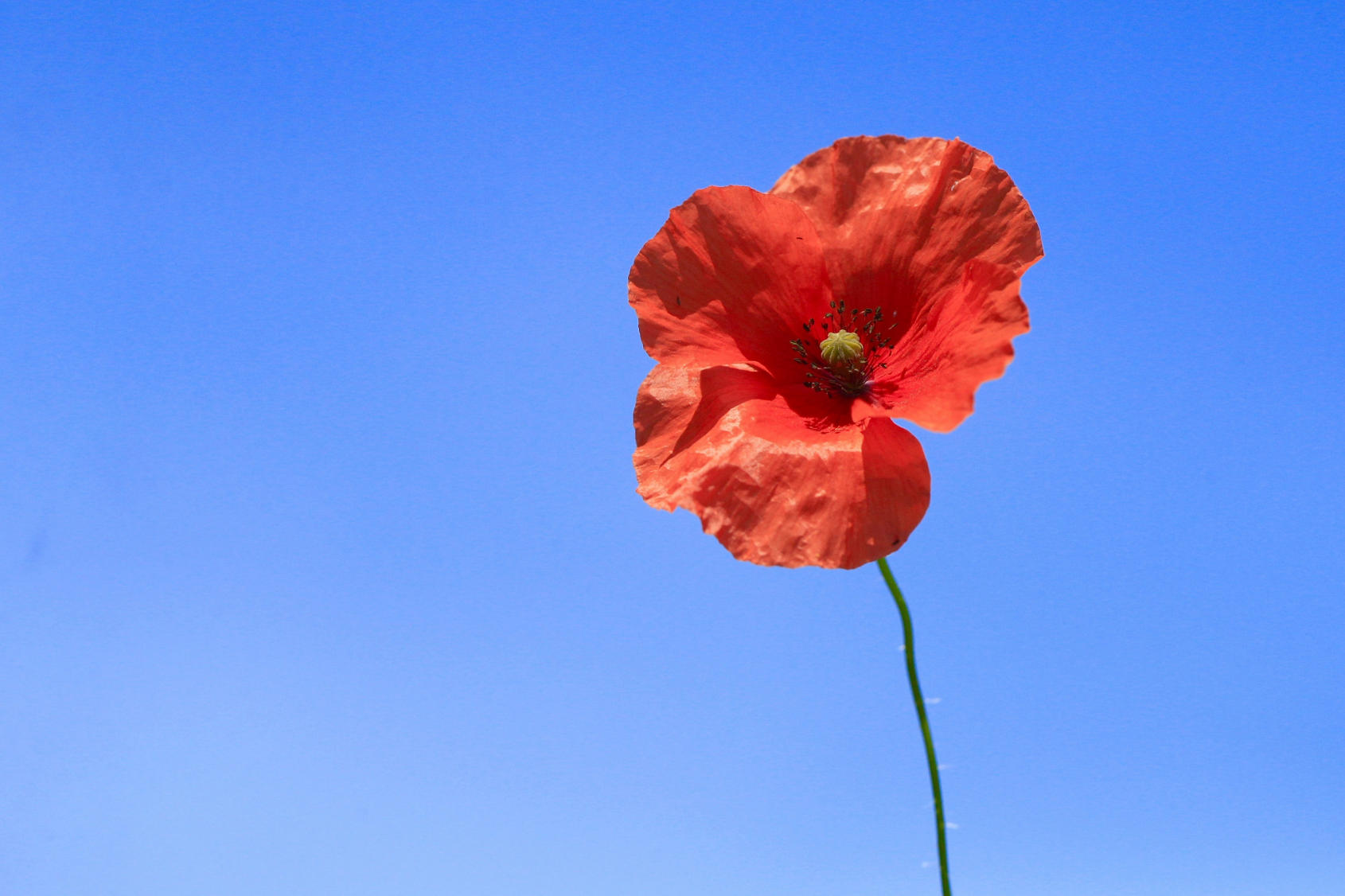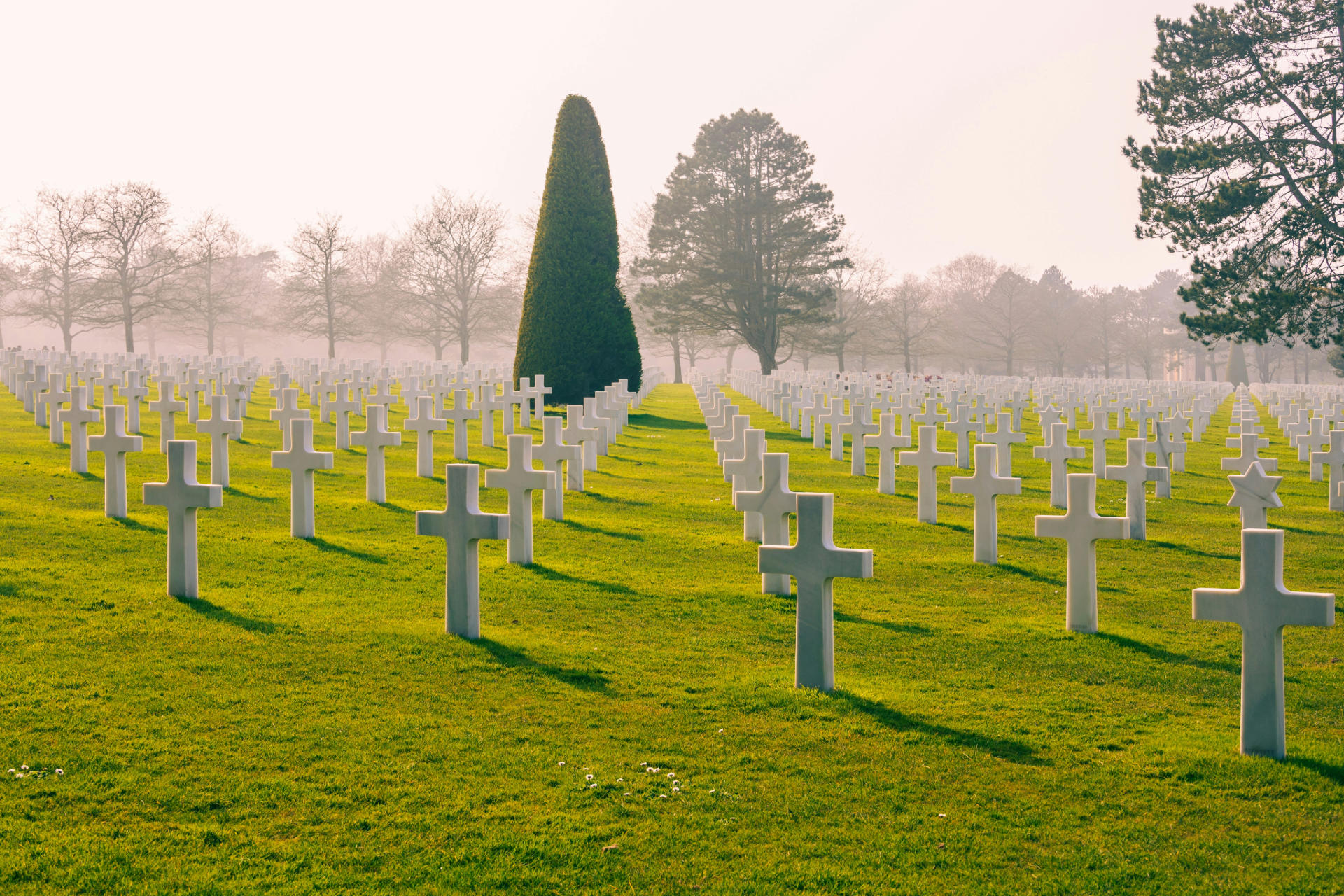Chapters
Poetry often serves as an extremely powerful medium for expressing complicated emotions and experiences, and Jane Weir’s work “Poppies” is certainly no exception to this rule. This deeply moving poem centres around personal and collective grief associated with the tragedies of war, exploring the impact on the survivors left behind.
In the following article, you’ll take a journey with us into “Poppies”, examining the poem's rich symbolism and its themes, language, structure, and historical context. So if you’re currently studying poems and English literature through your GCSE studies at school, make sure you keep reading to find out more.

What is the Poem "Poppies" About?
First published in 2009, “Poppies” is a contemporary poem that is included in part of an anthology of poems taught to GCSE students called “Power and Conflict”.
Uniquely, the poem is narrated in the form of a dramatic monologue spoken by a mother who is reflecting on her son's departure for the front lines of war and unfortunately, his implied death in the conflict. The poem itself takes place three days before Armistice day, which is an important day of remembrance for fallen soldiers around the world.

Throughout the poem, the grieving mother thinks about various heartfelt moments from her son's life, from special moments during his childhood all the way up to his eventual ill-fated decision to join the army. Later on in the poem, we witness the mother's grief becoming more and more palpable as she struggles to come to terms with the loss of her cherished son.
What Are the Main Themes in "Poppies"?
The poem "Poppies" by Jane Weir explores several themes that revolve around the complex emotions and experiences of a mother whose son has gone to war.
Arguably, the most prominent of these themes is the deep, unconditional love that a parent feels for their child. Again and again, the mother thinks about her cherished memories of her son's childhood, illustrating the strong bond the pair share. In order to emphasise this, Weir includes many touching details in the poem like how the mother and child graze noses “like Eskimos”.
"Poppies" also explores the concept of loss and grief and how this affects people. You can strongly feel the mothers anguish as she grapples with her son's absence and the uncertainty of his fate. Sadly, the son's survival is intentionally kept ambiguous in the poem which only adds to the mothers emotional turmoil as the poem goes on.
No where can this be felt more than when she leans against a war memorial while hoping desperately for his safe return. Weir describes this memorial in a rather interesting way, calling it a “wishbone”.
Bravery is another important theme of poppies as well, although this is not in the sense of facing actual physical danger but in how the mother displays emotional resilience. Despite her fears for his future, she doesn’t treat her son like a little boy and allows him to make his own choice to go to war.
The line "I was brave," perfectly captures the immense strength and courage it takes for a parent to let go and support their child's independence, even when it means potentially losing them to the horrors of war.
Lastly, the theme of memory is also woven throughout the poem as well, with the mother's recollections serving as a way for her to maintain her connection with her son.
These memories are full of vivid details, like the sound of his "playground voice catching on the wind”. By focusing on these recollections, it seems as if mother can still feel a strong connection with her son even though he is no longer physically by her side.

What Sorts of Poetic Devices Are Used in the Poem?
Jane Weir employs several poetic devices in "Poppies" in an effort to create an emotional reaction in the reader.
Symbolism plays a huge role in the poem, with the poppy, a popular symbol of remembrance, being used to represent sacrifice, loss, and the impact war has on people.
Additionally, the poem uses enjambment pretty extensively as well, which is a type of literary technique where lines flow into each other without any grammatical pauses. By doing this, Weir manages to mirror the mother's uncontrollable flow of emotions and the passing of time.
Metaphors and similes are also used extensively throughout the poem too. For instance, at one point the mother compares her son leaving for war to "releasing a songbird in its cage", which is intended to make you think of both freedom and loss.

These vivid images help the reader connect with the mother's experiences on a deeper level. They make the poem feel more real and immediate like you're living through these moments with her.
What is the Historical and Social Context of "Poppies"?
Jane Weir, born in 1963, grew up in Northern Ireland during the turbulent period known as "The Troubles." During this time, many young men would lose their lives in the conflict.
As a mother of two sons, Weir's personal experiences probably played a role in her decision to write poppies as a sort of exploration of what drives young men to go to war and the impact their decisions have on those they end up leaving behind.
Alongside this, the poem is also set against the backdrop of the highly controversial Iraq and Afghan wars of the early 2000s where countless young soldiers died in combat. Over time, these conflicts gave rise to growing public unease and outright opposition as many began to question how necessary and morally correct the wars were.
Conclusion
Jane Weir's "Poppies" is a deeply moving and thought-provoking exploration of the human cost of war, as seen through the eyes of a grieving mother. Through its vivid imagery, emotional resonance, and skilful use of symbolism, the poem invites readers to consider the profound impact of armed conflict on families and communities. By focusing on the intimate details of the mother-son relationship and the small, everyday moments that define it, Weir creates a powerful and lasting tribute to the enduring power of love when faced with unimaginable loss.













